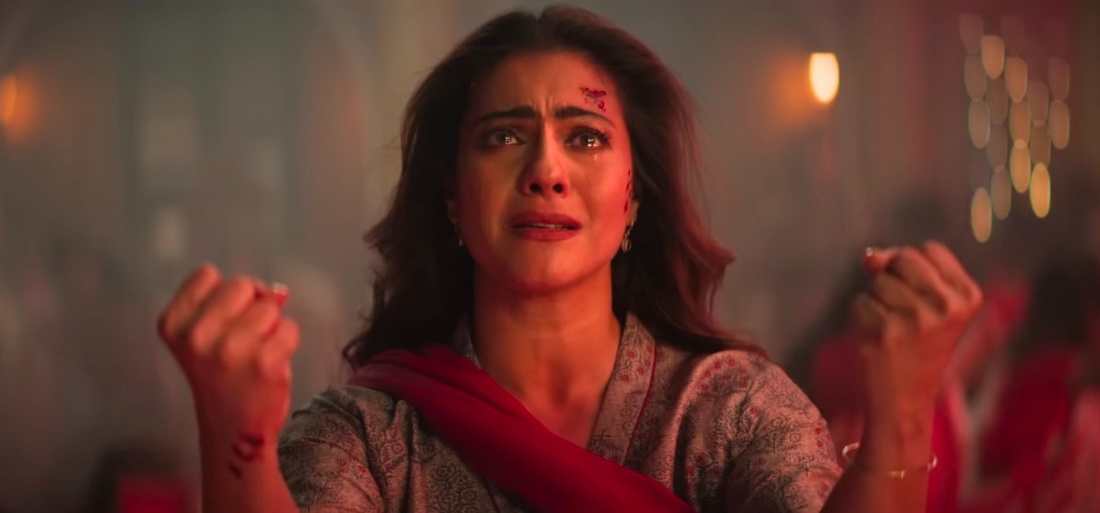Here’s How Kajol’s ‘Maa’ Can Destroy The Perfect World Of Ajay Devgn’s ‘Shaitaan’
 © Devgn Films
© Devgn Films When I watched Shaitaan, I was genuinely taken aback by how brilliantly the filmmakers fused psychological horror with elements of witchcraft. The storytelling was gripping, and the atmosphere unsettling in the best way possible. Although it was a remake, that fact didn’t bother me in the slightest, partly because I hadn’t seen the original but more importantly because the film stood strong on its merit.
What truly elevated Shaitaan for me were the powerhouse performances. R. Madhavan delivered a hauntingly layered act, while Ajay Devgn brought intensity and depth to his role.
And while Maa is an original story and had supernatural elements to back it up, it fails to deliver.
Primarily, it's the overly predictable storyline that holds the film back, but what further weakens it is the excessive reliance on AI-generated imagery. Instead of enhancing the narrative, the artificial visuals strip away the emotional core and authenticity, leaving the story feeling hollow and disconnected.
Shaitaan resonated with me largely because of its grounded approach to horror. The fear stemmed not from jump scares or CGI, but from the chilling realism of psychological manipulation; how far a person’s mind and body can be pushed under influence.
The horror was rooted in the character's mental dominance, making it disturbingly believable.
In contrast, Maa veers into exaggerated territory. Supernatural entities materialise out of nowhere and vanish into dust, breaking the immersive experience. Despite its strong foundation, drawing from Indian mythology and touching upon significant female-centric themes reminiscent of Amazon Prime’s Khauf, Maa ultimately falters. Its promise is lost in a poorly rendered ghost and an over-the-top, emotionally unconvincing climax that lacks depth.
What also made Shaitaan more impactful and relatable was the antagonist Vanraj. He wasn’t a spectral being; he was a human, a practitioner of black magic. That in itself felt closer to home, especially in Indian households where mothers often caution children about such dark arts.
It’s this rootedness in cultural reality, paired with stellar performances, that gave Shaitaan an unsettling power that Maa just couldn’t match.
If Maa also had a more human touch instead of supernaturalism, it could have been a way better integration in the world of Shaitaan.
Now, what truly worries me is the possibility that Maa might signal the beginning of a trend where stories that could have thrived in the rich, unsettling space of psychological horror begin to merge with the flashy, superficial aesthetics of high-concept VFX.
It’s eerily reminiscent of what happened with Bhool Bhulaiyaa. The original struck a delicate balance between mental illness, mythology, and suspense. But over time, its sequels leaned more into loud, over-stylised horror-comedy, losing the psychological depth that made the first film so impactful.
If Shaitaan’s grounded realism and character-driven terror are replaced in future narratives by hollow visual gimmicks, we risk losing an entire subgenre of horror that thrives on human vulnerability and cultural nuance.